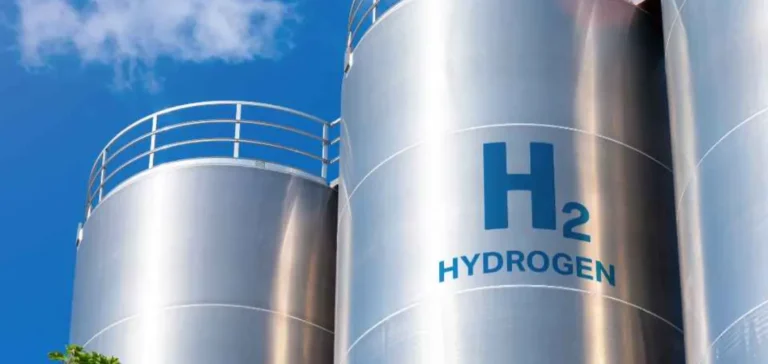The Clean Hydrogen Partnership has closed its first call for Project Development Assistance (PDA), dedicated to Hydrogen Valleys. The initiative gathered 36 files from public and private actors across 18 European Union and Horizon Europe countries. The projects target hydrogen “valleys,” with local and regional value chains and varied maturity levels. The common objective is guidance toward the Final Investment Decision (FID) on robust commercial and technical bases.
Timeline and selection process
Applications are under review by an evaluation panel, with results scheduled for October. Selected beneficiaries are expected to begin their assistance path in November on a tight timeline. This sequence aims to reduce the time between design and investment decision by addressing the critical points identified during dossier analysis. The chosen format enables a rapid ramp-up of preparatory work and readiness for financing decisions.
Support teams will consist of dedicated consultants from Roland Berger and its technical subcontractor Worley. This pair will deliver targeted assistance covering commercial, technical, regulatory, and valley governance aspects. The support is designed to be tailored to each project’s specific needs and maturity constraints. Expected deliverables include consolidation of market assumptions, definition of technical architectures, and an authorizations roadmap.
Industrial and financial implications
The volume of responses indicates significant interest in a structured project-engineering framework at European scale. By moving projects closer to FID, the PDA is expected to strengthen bankability by clarifying risk profiles and execution plans. The regulatory workstream targets authorization mapping, permitting sequences, and compliance alignment. Valley governance formalizes partner roles and local coordination mechanisms.
For developers and their industrial counterparts, the immediate issue is aligning supply, offtake, and logistics around a credible technical and contractual model. The proposed path combines commercial structuring, techno-economic engineering, and regulatory milestones, with a clear focus on the investment decision. Publication of results in October and the start of activities in November will provide visibility on the pipeline ready to enter execution. Readers involved in upstream industry, project finance, or regulatory engineering may use these markers to position their priorities.






















